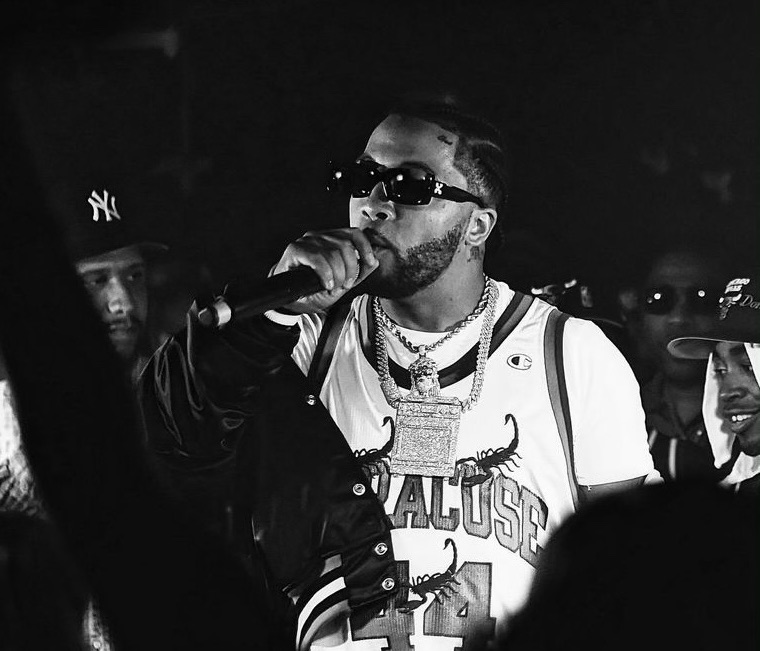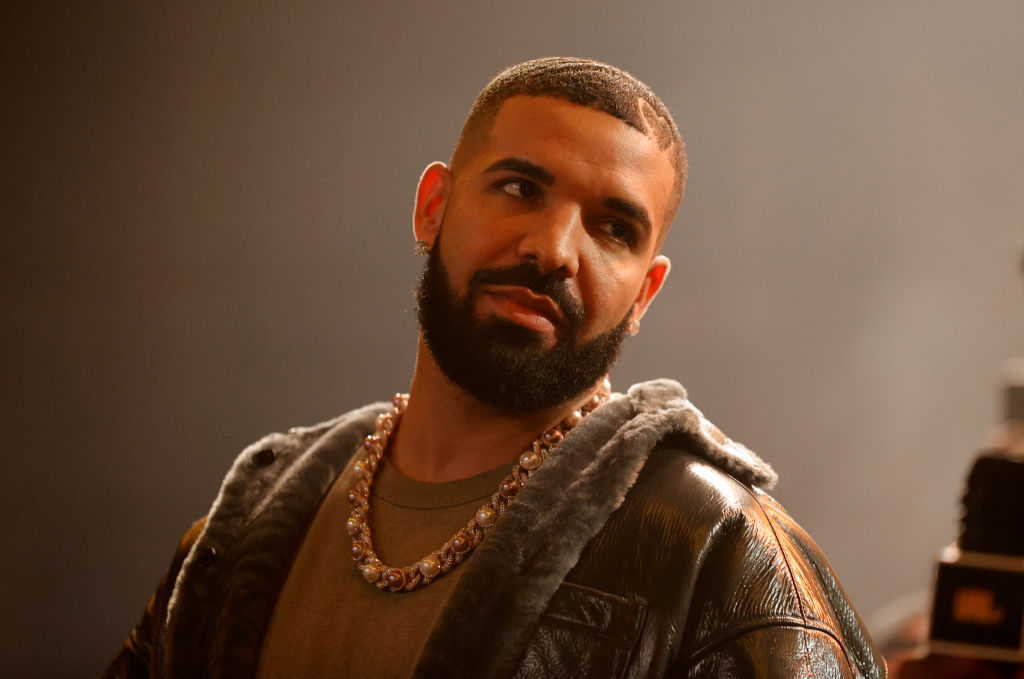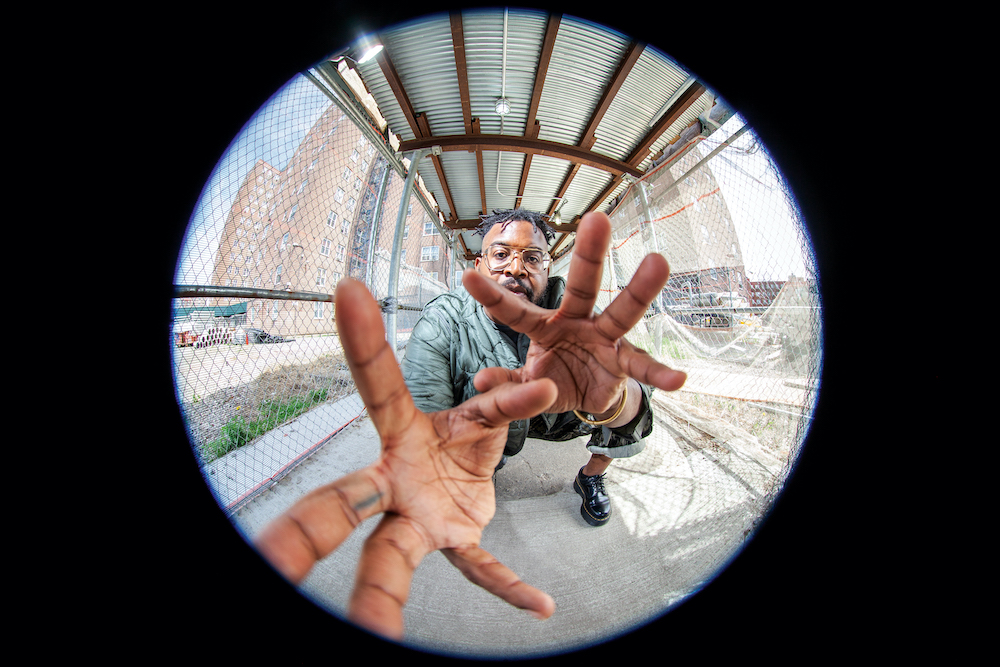On the day he died, Lil Peep posted an image of himself shirtless onstage, his head out of the frame, on Instagram. Its caption: "When I die You'll love me." If this was almost any other artist, a portentous and prescient statement like this might seem eerily appropriate, like Peep had some sudden revelation about his own impending doom. But this was Lil Peep. This was nothing new to him. Peep's work was full of talk of drugs and suicide and depression and death. It was practically a trademark. So instead, the image from Peep's Instagram that lingers is another one taken on the same day: Peep, eyes downcast, staring at the two unidentified pills on his tongue. The caption: "🐣👅fucc it." That image is a scary one, almost like if Abraham Lincoln had somehow posed for a selfie with John Wilkes Booth outside Ford's Theater just before showtime. Shortly after sharing that photo, Peep reportedly took a nap and never woke up, likely the victim of an accidental drug overdose in his sleep.
We just met Lil Peep. Many of us, especially those of us who are old, were still wrestling of what the fuck to even think about this kid. Lil Peep was a conundrum. Even calling him a "rapper" seemed wrong. He had a rap name. He carried himself as a rapper. He was clearly a student of the rap school of self-mythology. His music had a lot of 808s. But it also had a lot distorted, dirgey guitars and hazy, amniotic textures. In lyrics, he mentioned listening to Slowdive as well as to Gucci Mane, and one of his breakout internet hits sampled the Microphones. More to the point, his music wasn't about self-assurance; it was about creeping doubt and self-disgust and anxiety and lovelessness. The tattoos that covered Peep didn't make him look tough; they looked like the sorts of things that he might've scrawled on his binder if he hadn't dropped out of high school. (That anarchy symbol on his cheek was so high-school that it almost hurt to look at.) And he didn't rap -- not exactly. His voice was a half-swallowed singsong mutter -- closer to the early-'00s emo stars of his native Long Island than they were to any rapper from any stage of the genre's history.
I didn't get it. Peep's music perplexed me, and more often than not, it annoyed me. The self-obsessed death-drive of Peep's music sounded like a pose, it took the kid's death for me to realize that it wasn't. His music was all torpid, drained sighs, both emotional and emotionally drained at the same time. His music's attitude about women seemed to exist at a strange nexus of two very different, very unhealthy mentalities: "Girls, they tried to get me mad / I try to get 'em sad so they fall in love with me." More than anything, he reminded me of a sad, droning, inwardly-directed mutant cousin of Hollywood Undead, the crabcore brats who persist in wedding screamo sonics and dynamics to rap-metal chest-beating. A witch-house version of Hollywood Undead seemed like the last thing the world needed. And yet I kept coming back to it. I was repelled, but I was fascinated, too. He was, in other words, a star.
Peep wasn't famous yet -- not exactly -- but he was well on his way. Full-on crossover stardom seemed practically preordained. He was beautiful -- classically gorgeous enough that he'd already started up a side-hustle as a runway model. He'd started forging industry connections, signing on with powerful bookers and managers. He was touring bigger and bigger clubs all the time. Presumably, his name would've been all over the summer-2018 festival posters that will start popping up in the next few weeks. Peep seemed to exist out of rap circles. His whole style was sui generis. He developed his aesthetic on his own, in his bedroom, recording murky tracks into a cheap laptop mics. It was bottom-up, not top-down, but it still lined up with things that were happening in rap, from Lil Uzi Vert adapting mall-emo aesthetics to the lo-fi id-scribbles of the South Florida SoundCloud-rap wave. You couldn't have designed a figure better-suited to thrive in today's climate. But that climate -- the touring demands, the need for a constant churn of content, the ready availability of opiates -- might've also contributed to Peep's death.
For a good idea of Peep's impact, it's instructive to look at the long and strange list of artists who tweeted heartbroken messages after Peep's death: Lil B, Pete Wentz, Ty Dolla $ign, Post Malone, Diplo, an absolutely shattered iLoveMakonnen. None of them were that much like Peep. All of them had a thing or two in common with him. Peep, it bears repeating, was just 21. He was a baby. And yet he was already at the start of something. He'd taken elements that were floating around in the air, and he'd fused them in ways that nobody had ever heard before. He did it in an emotionally wide-open way, talking about drugs and depression in ways that seemed less like he was glamorizing them and more like he was simply describing the forces at work in his life. And he was capturing imaginations. Even those of us who were baffled were also drawn in.
In the end, those of us who were baffled don't matter. We're not the ones who will decide what happens with Peep's legacy. That role will fall to the kids who listened to Peep and heard themselves, or heard some version of themselves. That list includes Peep's peers. Lil Uzi Vert has already said that, in the wake of Peep's death, he's swearing off drugs, or at least he's trying to. If more artists follow suit, Peep's legacy will be more than anyone could've realized. But it's not just the artists who are going to figure out what Peep meant. It's the kids, too. The last thing Peep ever posted on Instagram -- after "When I die You'll love me," after the pills on the tongue -- was a photo of three girls, presumably waiting outside his Tucson show, all wearing Gothboiclique shirts. The caption: "Look at my beautiful fans awwwww." Those kids, and the many kids like them, are going to be the ones who figure out what Lil Peep meant.
FURIOUS FIVE
1. Maxo Kream - "Bussdown" Nobody's made the act of selling drugs sound like this much fun since Migos did "Hannah Montana." 2. G Perico - "Affiliated" Compared to G Perico, even someone like YG sounds like a pretentious art-school kid. Right now, nobody is better at classical head-slap West Coast rider music. 3. RetcH - "2-Eleven" Remember when A$AP Mob reliably made music that was both crispy and hard? Well, someone is still doing that. 4. Stefflon Don - "Ding-A-Ling" (Feat. Skepta) God bless the UK. They really took a sample of that kid singing "My Dingaling" in the Simpsons talent show and turned it into a banger. 5. Zona Man - "Cold World" (Feat. Future & Bump J) A week after showing up on a song with Taylor Swift, Future throws a verse on a track from two Chicago hardasses. And he probably tries harder on this one that he did on that one. You have to appreciate the dedication. https://www.youtube.com/watch?v=byu_0uYyXYIIT WAS ALL GOOD JUST A WEEK AGO
I want to send respect to Taylor Swift!! I appreciate her music and the vibes she sends To all! I also think she is a cutie sometimes in her videos!! Go girl! - Lil B
— Lil B THE BASEDGOD (@LILBTHEBASEDGOD) November 22, 2017






